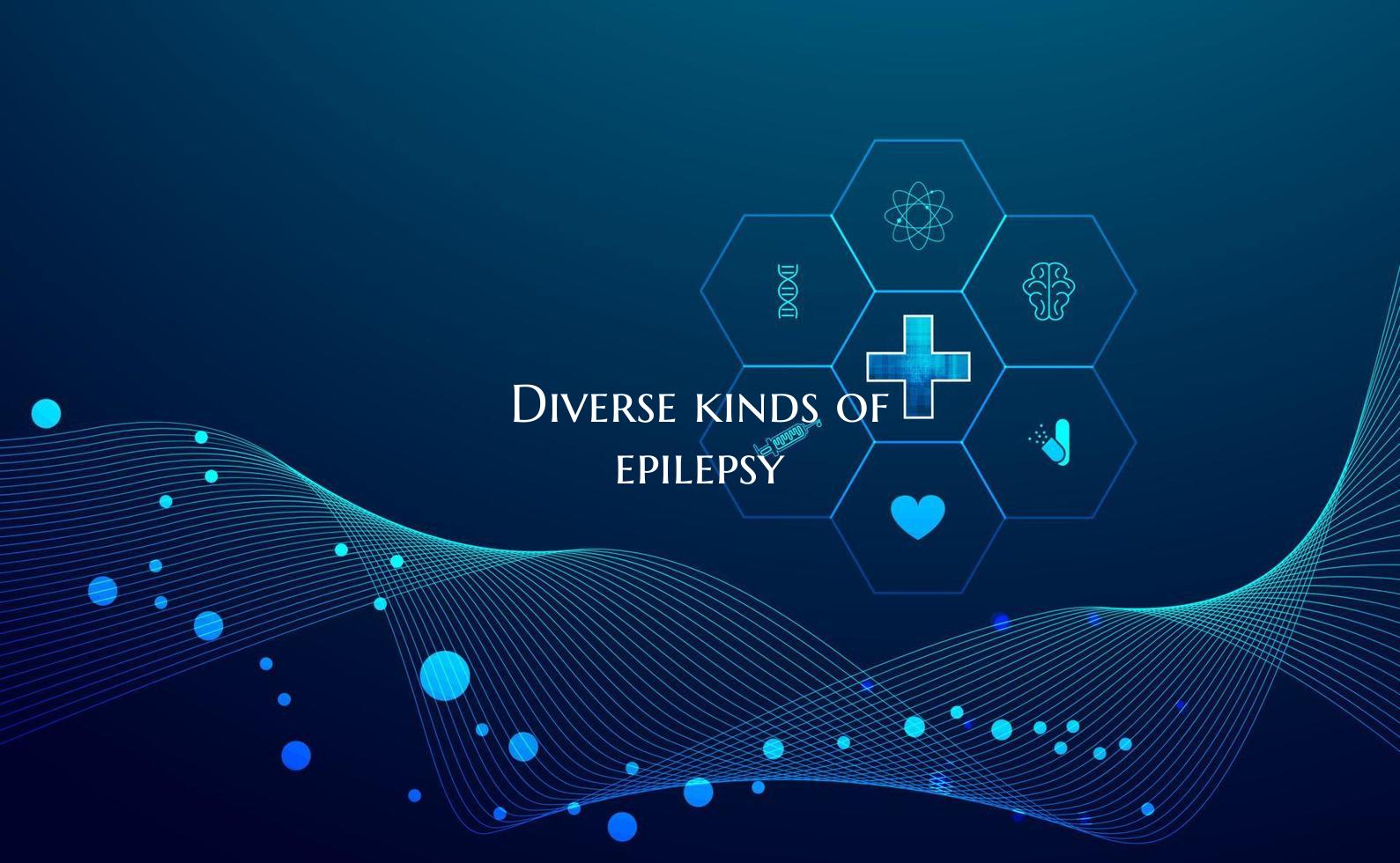
Diverse kinds of epilepsy
Epilepsy is a neurological disorder that affects the brain's activity, leading to recurring seizures or episodes of unusual behavior, sensations, and sometimes loss of awareness. There are different types of epilepsy, each presenting unique characteristics and symptoms. Understanding the diverse kinds of epilepsy is crucial for proper diagnosis and management of the condition.
1. Generalized Epilepsy: This type of epilepsy involves seizures that affect both sides of the brain simultaneously. Generalized seizures can manifest as tonic-clonic seizures (previously known as grand mal seizures), absence seizures (previously known as petit mal seizures), or myoclonic seizures. Each subtype of generalized epilepsy presents distinct features and may require different treatment approaches.
2. Focal (Partial) Epilepsy: Focal epilepsy is characterized by seizures that originate in a specific area of the brain. These seizures may be simple focal seizures, where only a specific part of the body is affected, or complex focal seizures, which can lead to altered consciousness or unusual behaviors. Focal epilepsy can further be classified based on the specific brain region involved and the presenting symptoms.
3. Reflex Epilepsy: Reflex epilepsy is triggered by specific stimuli or events, such as flashing lights (photosensitive epilepsy), certain sounds, or even touch. Individuals with reflex epilepsy may experience seizures in response to these triggers, highlighting the importance of identifying and avoiding such stimuli to prevent seizures.
4. Juvenile Myoclonic Epilepsy (JME): JME is a specific type of epilepsy that typically begins in adolescence and is characterized by myoclonic jerks, generalized tonic-clonic seizures, and sometimes absence seizures. Understanding the unique features of JME is essential for accurate diagnosis and appropriate management to help individuals effectively control their seizures.
5. Lennox-Gastaut Syndrome: This rare and severe form of epilepsy usually begins in childhood and is characterized by multiple seizure types, intellectual disability, and abnormal brain wave patterns. Managing Lennox-Gastaut Syndrome requires a comprehensive treatment approach and close monitoring due to its complex nature.
6. Dravet Syndrome: Dravet Syndrome is a rare genetic epileptic encephalopathy that starts in infancy and is associated with prolonged seizures, developmental delays, and cognitive impairments. Due to its specific genetic cause, targeted therapies and ongoing support are essential for individuals with Dravet Syndrome.
7. Temporal Lobe Epilepsy: This type of epilepsy originates in the temporal lobes of the brain and can cause a range of symptoms, including altered emotions, memory disturbances, and complex partial seizures. Proper evaluation, including imaging studies and electroencephalography (EEG), is critical for diagnosing temporal lobe epilepsy accurately.
Understanding the diverse kinds of epilepsy is essential for healthcare professionals, individuals living with epilepsy, and their caregivers. By recognizing the specific characteristics and symptoms associated with each type of epilepsy, tailored treatment plans can be developed to help individuals effectively manage their condition and improve their quality of life.